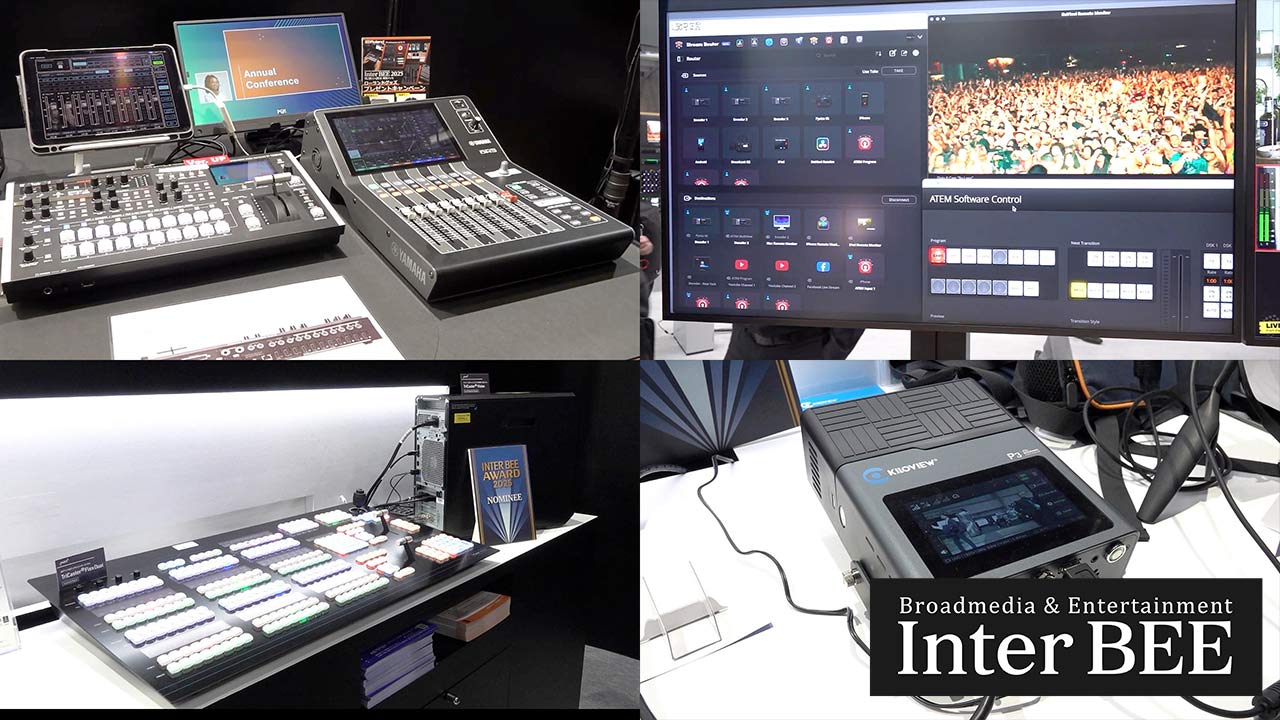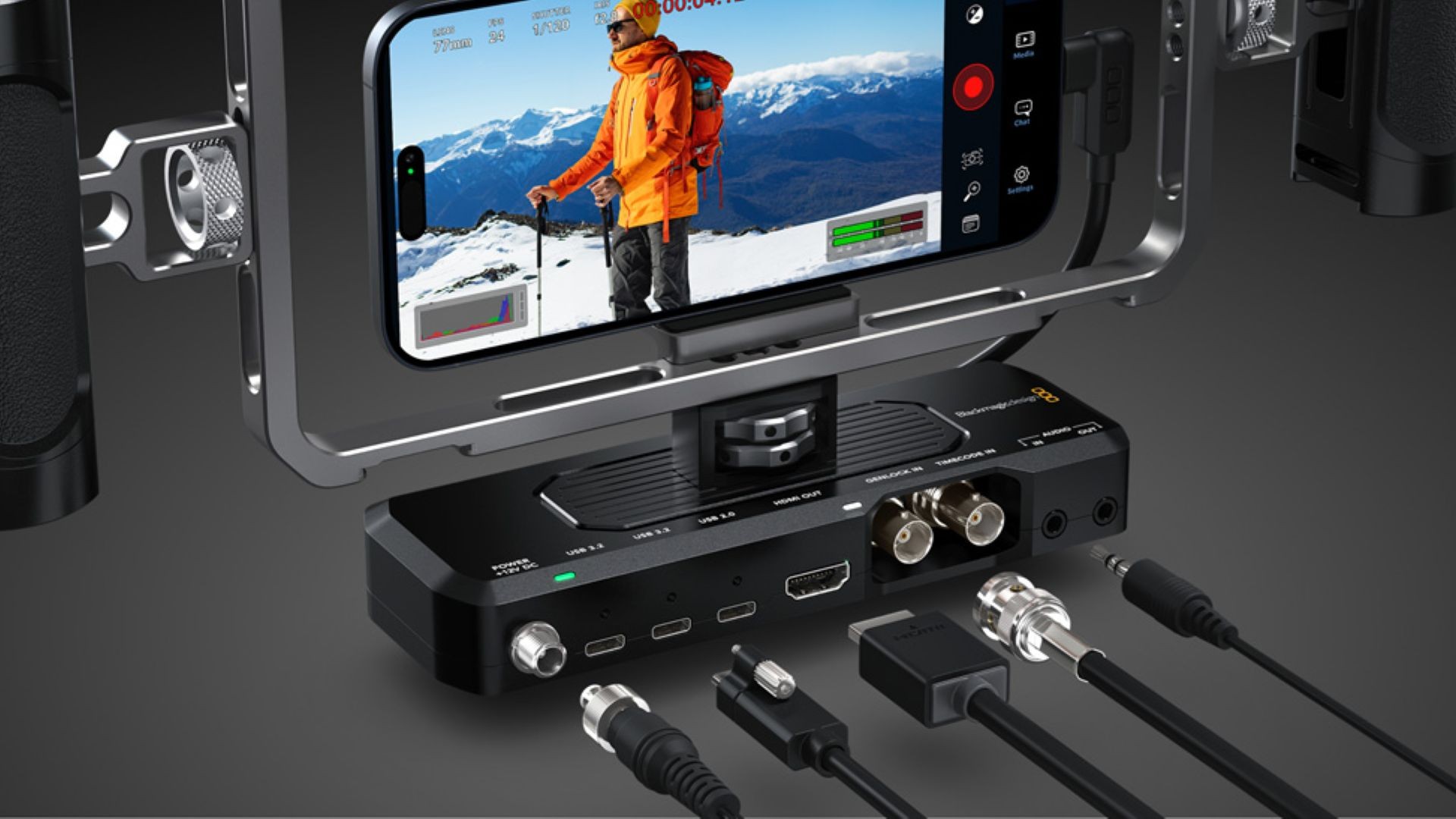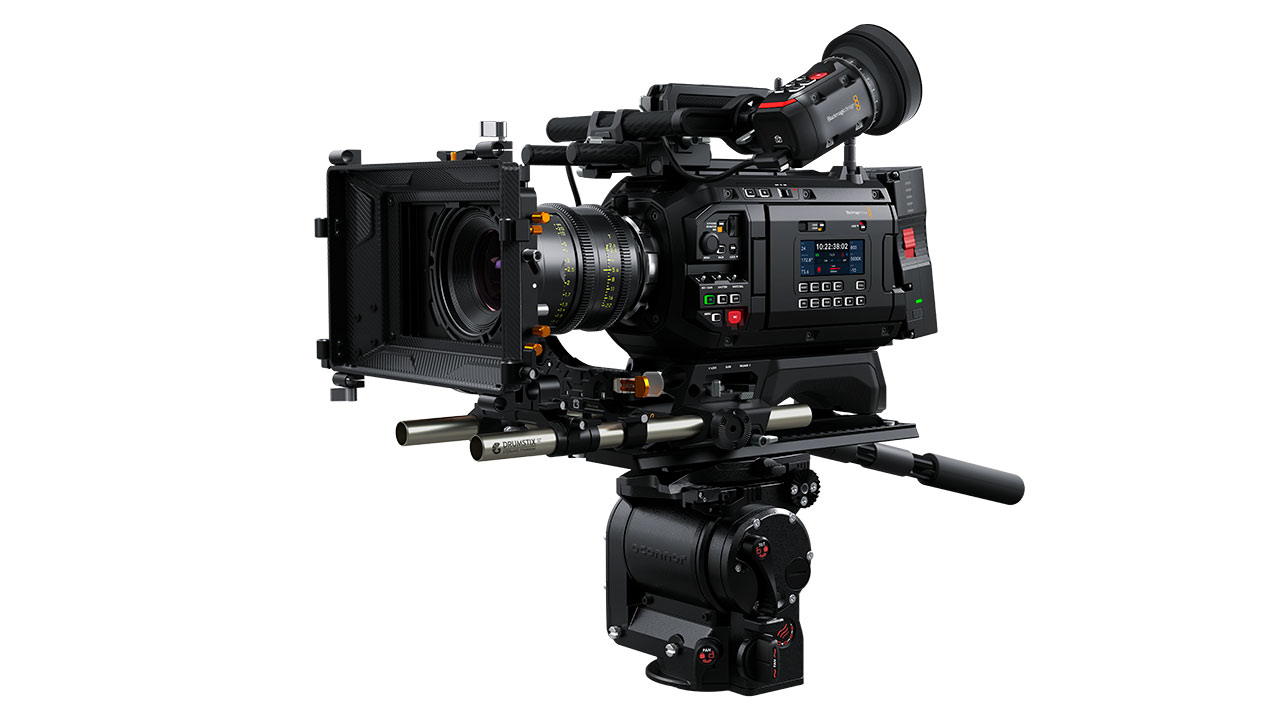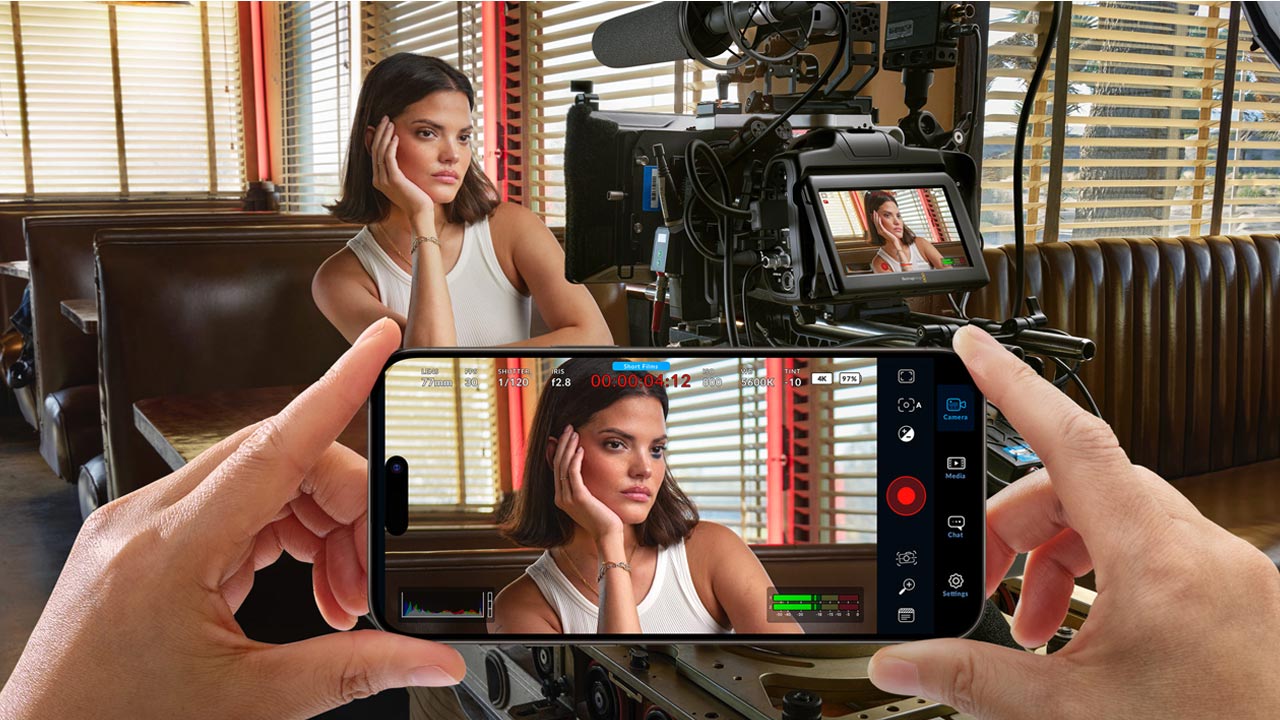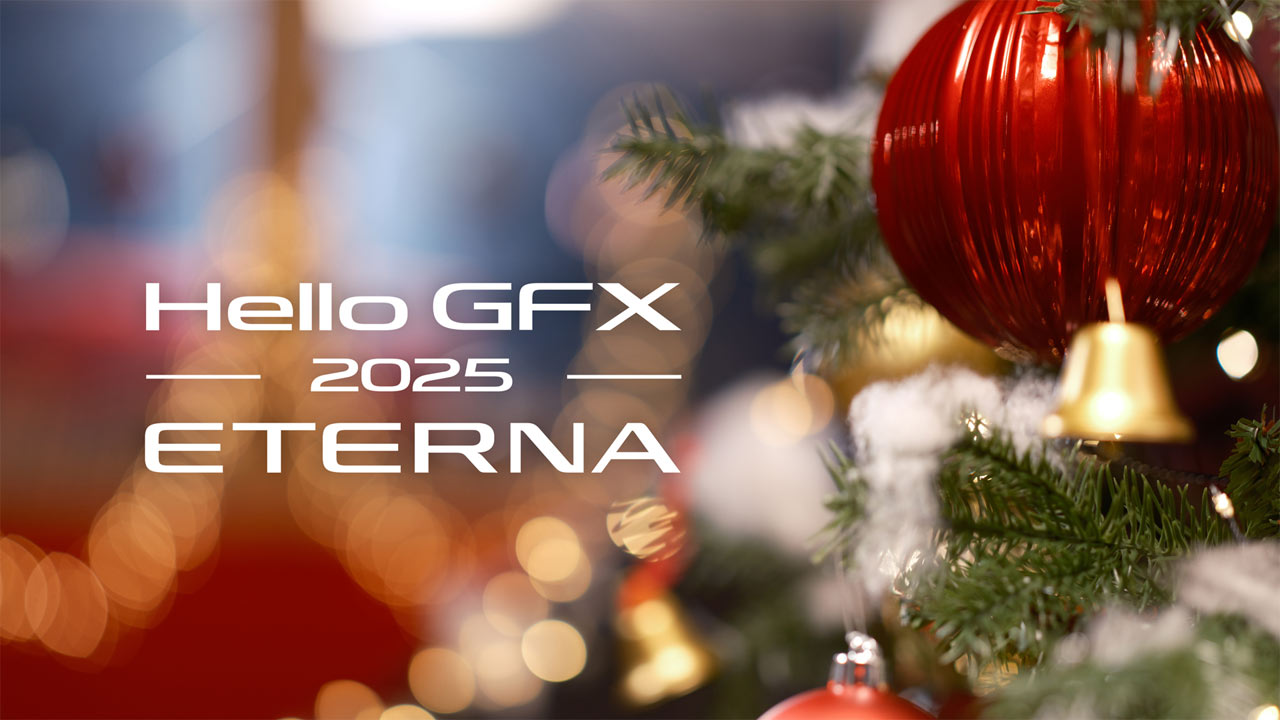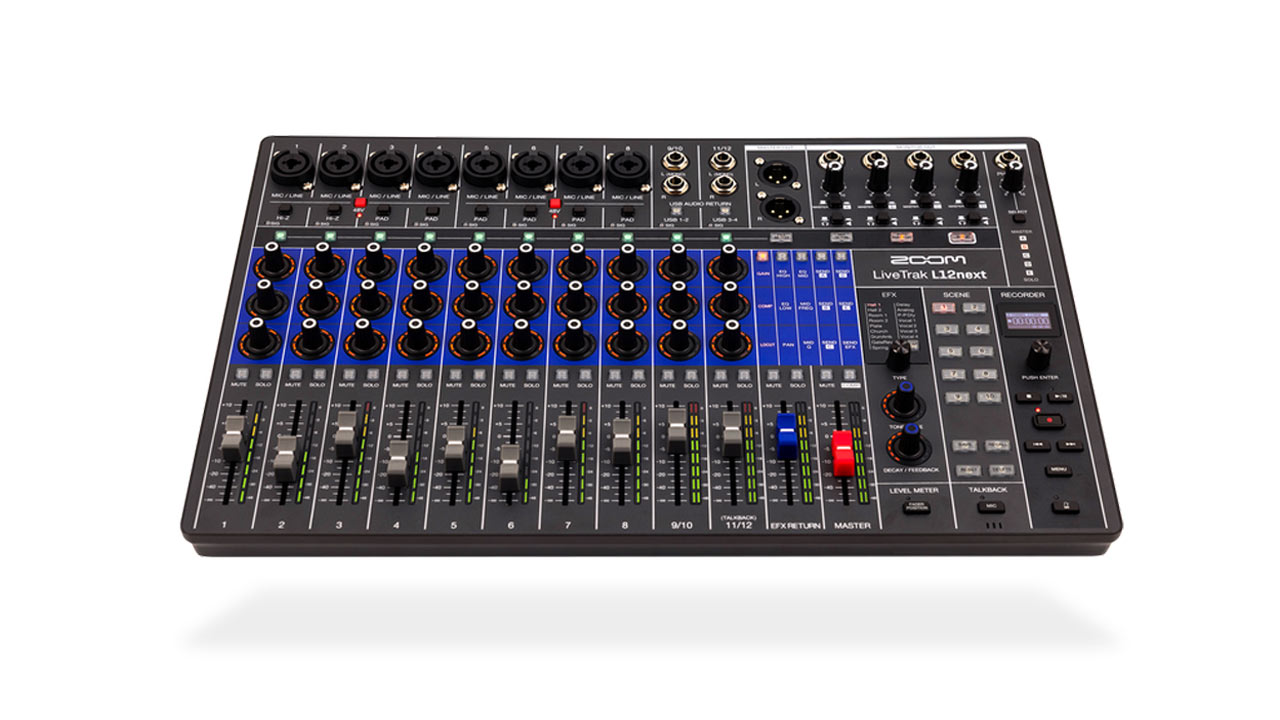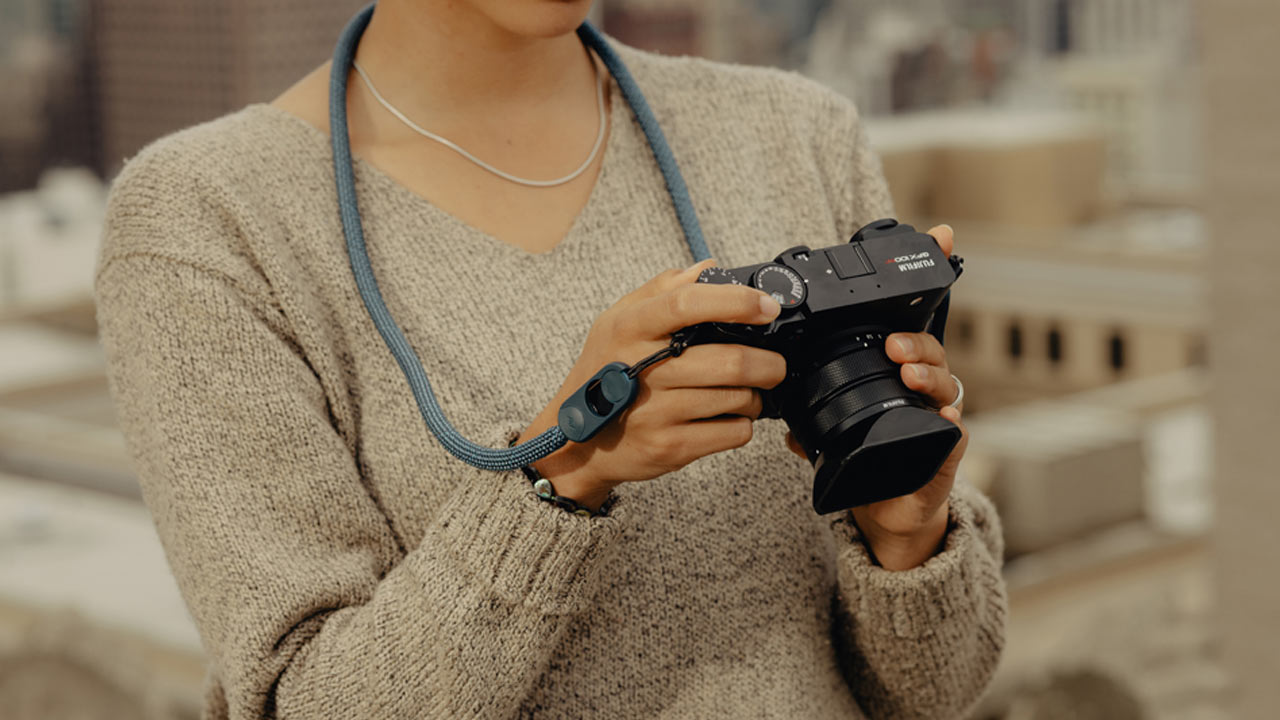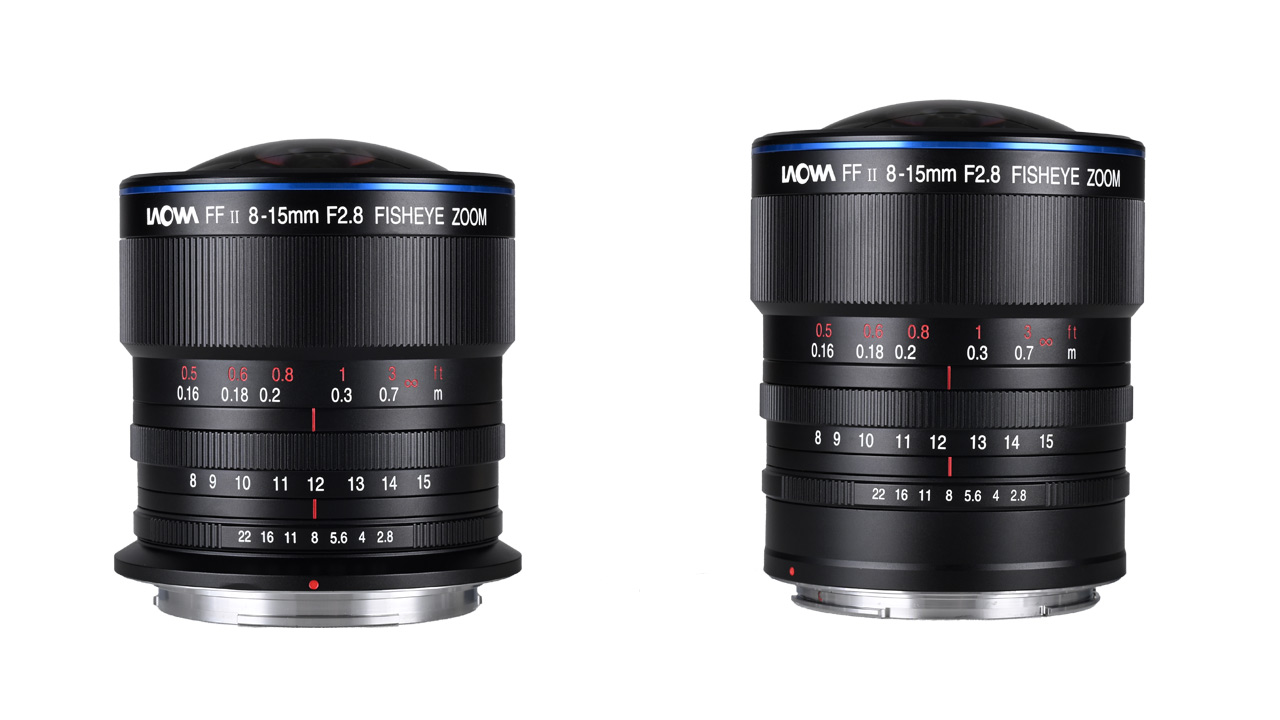
Model: Sindhartha Tanuijaya
- Introduction
- Virtual production (real-time compositing) and real-time keyer
- “Ultimatte Software Control” application with new graphical UI
- Well-crafted user experience
- Notable features
- summary
Introduction
The Ultimatte has been revamped and suddenly released as the “Ultimatte 12” series.
- Ultimatte 12 HD Mini
- Ultimatte 12 HD
- Ultimatte 12 4K
- Ultimatte 12 8K
And 4 products to meet your needs. What was shocking was the price. The impression is that the segregation is well done. While there is still plenty of HD content out there, we decided to release it at a very low price if we wanted to meet that need. The 4K compatible Ultimatte so far has been named 4K, and the price range of the Ultimatte, which was about to reach 1 million yen, has been reduced by more than half the price.
In 2017, the price of the Ultimatte 11, which was nearly 3 million yen at the time, was reduced to about 1 million yen, but it was a shock that exceeded that.
8K for high-end has an impact that surpasses previous products, and although the price is in the same class as before, the specs have increased significantly and it is compatible with 8K, so I am convinced.
Real-time keyers are becoming more and more important in the recent prosperity of real-time compositing called virtual production. I think it is very significant that the original and ultimate Ultimatte has been developed at a price that consumers can afford.

In this photo, I set up my Ultimatte HD with 4K and Smart Remote 4. The second small sitting from the left is Ultimatte HD. Smart Remote 4 is on the far left, and Ultimatte 12 4K is below it. The small size of the Ultimatte HD stands out. Smart Remote 4 can control up to 4 Ultimattes over your intranet. When shooting with multiple cameras, you can handle multiple Ultimattes.
Again, the highlight is the Ultimatte HD. At this price and this small size, you can say that one unit per household. I would like everyone to decide whether it is true or not after watching this.
Virtual production (real-time compositing) and real-time keyer
Today, when you think of virtual production, you probably think of filming a performance in front of a huge LED. However, until recently, virtual production meant real-time keying synthesis with CG linked to camera movements in front of a green screen.
Since the word “virtual production” came first, people started to think that it would be difficult if they could not tell the difference. It’s now called “In Camera VFX”.
In-Camera VFX, in which the performers perform in front of the LEDs and are filmed, is very powerful in that the performers and the viewers can see the completed scene as they proceed, and it will stimulate their creativity. That’s why technology companies are flocking in, and developers are pushing forward with “In-Camera VFX!”
Of course, if you’re on a tight budget or need some post-processing work, traditional green screen compositing is a technology you can’t get rid of. In that case, you have two options for background processing.
- As before, shoot the green screen and camera work with markers, analyze the movement of the camera later, and synthesize the background
- A method that records the movement of the camera in real time, and uses a real-time engine to output and synthesize the synchronized background according to it, which is becoming mainstream now.
What you need when compositing is a keyer that handles the green screen. 1 is a pre-render keyer that takes time to synthesize. 2 uses a real-time keyer to synthesize at that moment.
With In Camera VFX, everyone can see the results by looking at the stage with the naked eye. On the other hand, with real-time synthesis using a green screen, you can’t see the results unless you look at the monitor that outputs the synthesis results. As the saying goes, it delivers consistent results.
Ultimatte is the industry standard for real-time keyers that support real-time compositing with green screens.
It was 1999 when the author was involved in the film industry. Before that, I sang and danced on the stage of analog musicals.
And speaking of Ultimatte, it was already mainstream in the industry at that time. Nippon Television introduced it early on, and it became a hot topic for broadcasting using a female announcer, who had the momentum to drop a flying bird at the time.
With that momentum, I forgot the version of Ultimatte, but at the film school I was involved in, I used Ultimatte to work in conjunction with Silicon Graphics’ O2 workstation, and used it to imitate the weather girl from the countryside. I remember doing a project to let incoming graduate students experience it.
The Ultimatte has been a top-of-the-line equipment for a long time.
It’s amazing that it finally came out at a price range that young creators can get their hands on.
The name Ultimatte, which is a pun on Ultimatte and Ultimate, is a nice touch. Let’s take a quick look at the powerful features that make the Ultimatte so successful and what’s changed with the new model.
“Ultimatte Software Control” application with new graphical UI

Until now, the Ultimatte has been very complicated to operate without the Smart Remote 4 control surface.
Blackmagic Design has now taken the UI of Smart Remote 4 and turned it into an application that allows full control of the Ultimatte via an IP address. Yes, the new application has made it possible to make adjustments with a graphical UI on PC and Mac.
In each menu, there are major categories such as “MATTE”, “FOREGROUND”, “BACKGROUND”, “LAYER”, “MATTE IN” and “SETTING” at the top, and detailed adjustment items are listed below. For adjustment, turn the knobs on the left and right. At the bottom, you can choose which signal to send to the MONITOR OUTPUT, which is useful for checking when synthesizing.
This arrangement is exactly the arrangement of Smart Remote 4. Once you get used to it, you can operate it intuitively and quickly.
To avoid misunderstandings, I would like to add that the Smart Remote 4, a physical controller, is useful. For DaVinci Resolve, there is no doubt that the Ultimatte will be a powerful tool at the work level, as the control surface will greatly improve work efficiency.
With this version update, Ultimatte Software Control has made it easier to get started, and I’m glad that the threshold has been lowered, but I sincerely hope that Smart Remote 4 will not be discontinued.
Well-crafted user experience
Ultimatte does not require difficult things in the initial work as long as you do not make a mistake in the input wiring (this is quite a source of trouble).

In the INPUTS group, the lower row is Input and the upper row is through-out. Each OUTPUTS group has two lines of output. It can be said that it is quite convenient to be able to send in parallel with only the main unit for engineers and clients.
Ultimatte delivers breathtaking synthetic results in four easy steps. Let’s introduce the usability of Ultimatte by adding some excerpts from the manual.
Setting the foreground background color
Anyway, if you don’t tell me what color the screen you put up is, you need to tell me. Green is set by default, but sometimes you need to specify a different color, so it’s a good habit to check this first.
Click the SETTINGS button to open the settings menu.

In the FUNCTIONS section, choose any color from Red, Green, or Blue Backing to match your background color. You should see the “Backing Color” indicator in the status bar change to the color you selected.

Select a background color from red, green or blue in the FUNCTIONS section. Once the background color is set, the Ultimatte will perform an automatic compositing and you can see the result on the program output and on the Ultimatte’s front panel LCD. By selecting “Program” in the MONITOR OUTPUT section, you can select the program output and the image will be displayed on the monitor connected to the monitor output.
Background screen correction setting
Background screen correction is called reference or clean plate in the compositing world. If something comes in when there is nothing, it will be recognized as an object for keying because it is an object. Others will be filled in with black, and will be a guide drawing to make the movement. Ultimatte utilizes such things to improve accuracy.
Removes all foreground elements in the scene, leaving only the background screen visible.
Select the MATTE button on the main menu.
Select Matte Process in the GROUPS section.

Click the Screen Capture button in the FUNCTIONS section. This will save a snapshot of the green screen and generate screen corrections based on this.

Brings all foreground elements back into the scene.
Click the Screen Correct button. Ultimatte analyzes the foreground elements of the captured image to determine the best matte.
Setting the matte density
When fine-tuning the matte, it’s best to adjust the contrast first. Makes a vague black, a so-called grayish black, a solid black.
Select MATTE in the main menu to open the matte settings.
Turn the Matte Density control knob counter-clockwise to decrease the density of the matte. Turn the knob until you begin to see gray areas within the black silhouette.
Then increase the density of the matte until the gray areas are no longer visible. It is important to stop adjusting as soon as the gray area disappears. Keeping the adjustments to a minimum will make the composition more realistic. This is true for almost all controls that fine-tune compositing.
As a result of the above tweaks, we can see a near-perfect synthesis appearing in the program output.
Create the perfect composite


The composite result of the photo and the mask are all the default values after the background screen correction. There are subtle shadows left, and if properly processed, it is possible to make use of them in compositing.
When you see how this level of quality has been achieved from the beginning, I think you’ll realize that just a few adjustments are enough.
Simple synthesis with the above 3 steps is completed! Ultimatte that will be about the workmanship. There are various adjustment items to further improve the quality from there.
Matte adjustment
Use the Black Gloss setting to further perfect the interior matte by removing highlights keying in dark areas of the foreground. Adjusting the matte control can make the composite look white and hazy. This is caused by subtle changes to the environment, such as dust accumulation over time and scuff marks from set changes by staff. The Veil setting helps remove this white haze. However, it may be necessary to clean the set or repaint some of the blue/green screens when haze is noticeable.
Adjust Clean Up
Cleanup settings allow you to remove blue/green screen imperfections such as scratches, seams, unwanted shadows, electronic noise, and screen residue. Clean up your screen electronically by adjusting the cleanup settings. We recommend that you use these controls sparingly. With heavy use, the final composite will look like a clipped image with too sharp edges.
Flare
Ultimatte automatically performs spill suppression when keying the foreground. Spill is when the foreground element reflects the color of the green screen, changing the color of the element. Flare control lets you fine-tune spill suppression so you can restore the true color of foreground elements.
Ambiance
By adjusting the Ambience control, the background color subtly affects the foreground layer, allowing the foreground subject to blend naturally into the environment.
Color collection
Blend more realistically by adjusting the brightness, color, contrast, and saturation of different layers in your composite independently. For adjusting the color, brightness, and saturation of the foreground image, it is recommended to use Ultimatte’s Color Correction settings rather than changing camera settings such as lens aperture. This is because changes in the camera also affect the keys.
Other background and layer settings
Background and other layer settings let you add elements to your composition, such as lighting effects. For example, to create an effect that looks like a spotlight is shining on the performer, connect an image for the spotlight effect to the layer input. Then blend that image into the foreground layer.
Other matte input settings
Adds extra matte to the composition. For example, you can remove unwanted foreground elements by adding a garbage matte. Alternatively, a holdout matte can prevent certain foreground areas from being keyed. Use the ‘Window’ control in Ultimatte’s MATTE IN settings to create a rough window or assign a custom matte image loaded into the media pool for precision keying. There are many other advanced settings and tools that can be used to refine mattes, adjust key strength, blend layers, and create and fine-tune the final composite.
Notable features

Now, if you look at this photo again, you’ll see that it’s a terrifying situation that any experienced green screen photographer will immediately recognize.
The wall and the green color of the floor are completely different. In these cases, mix the dominant key with the opposite dominant key. Therefore, two keyers must be moving at the same time. However, it is quite difficult to prepare two expensive keying equipment at the same time.
However, Ultimatte has a module called Dual Sampling that can handle the density of two keys at the same time from the ScreenSample menu.
Specifically, it operates as follows.
Using single sampling:
- With ‘MATTE’ selected in the main menu, go to ‘Screen Sample’
- Click the Wall Cursor Position button. Switch to foreground input and see a small square cursor on the screen
- You can move the cursor up/down/left/right using the control knob. Samples are taken from walls near areas containing important details. This is often hair. Avoid areas containing detail you want to keep
- Click the ‘Sample Wall’ button to save these values as a new reference. Monitor output reverts to last used settings
It is interesting that single sampling is called Wall Cursor. Basically, it makes sense to reference the color of the wall (behind the object) first.
However, it can’t be helped that the green underfoot is made of a different material. Because the walls are painted green, the floor is punched carpet.
I really want to sample something different from the wall. That’s where dual sampling comes in.
Using dual sampling:
- With ‘MATTE’ selected in the main menu, go to ‘Screen Sample’. Click “Dual Cursor” to enable dual sampling
- Click the Wall Cursor Position button. Switch to foreground input and you will see two small square cursors on the screen
- Use the control knob to move the cursor up/down/left/right
Summary
I made a lot of quotes from the manual so that you can get an overview of Ultimatte and use it as a quick reference in case of emergency. I highly recommend that you get started in terms of where the important parts and ideas are, and read the manual carefully as you get used to it.
Ultimatte’s highlights are Flare, Ambiance, and Dual Sampling.
Subtle control over spill control helps to make the subject stand out, and the ability to subtly add background color to the subject makes it possible to create a composite that blends in well with the background. The green screen, which is also the base for this, can also be used when the colors on the wall and floor are different.
The democratization of green screen synthesis technology has begun in response to the ever-increasing needs for video content. The de facto standard called Ultimatte has spearheaded this trend.
How about one real-time keyer per family?
I think Ultimatte HD will be a must-have item for those who want to transmit video. I would love to get 4K though.
WRITER PROFILE
He likes cutting-edge technology and is fascinated by real-time engines. A person in Unity Technologies Japan. He is an experienced seminar lecturer.



